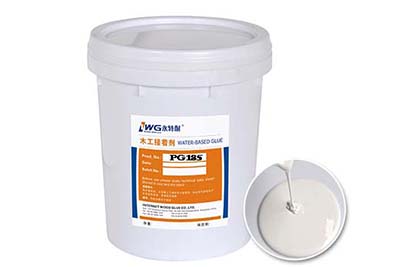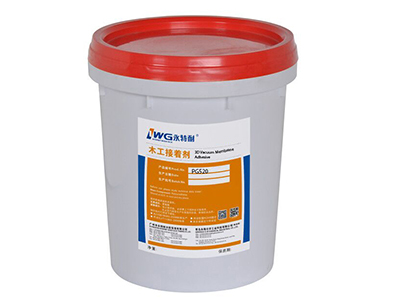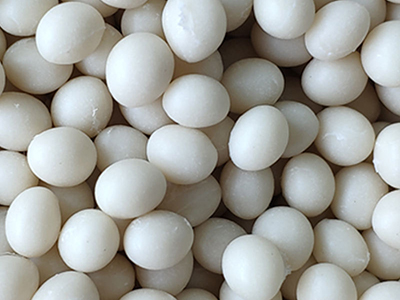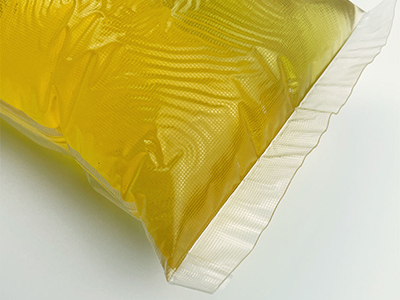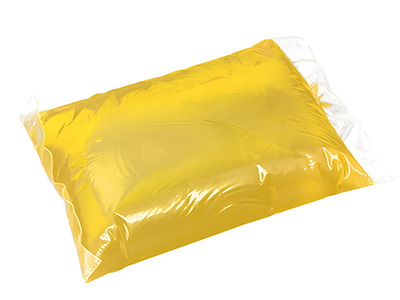The quality of the surface treatment is often the key to the success or failure of a good adhesive joint, because the wettability of the adhesive to the surface of the adherend and the intermolecular force at the interface (that is, the adhesion force) are the main reasons for obtaining high bond strength. During the production, transportation, storage, and use of the parts, the surface will be polluted to varying degrees, which directly affects the infiltration of the glue on it and affects the bonding strength. The importance of surface treatment also has the following points.
① When the surface of the building parts is prepared before bonding, there are often oil stains, mold release agents, weathered layers, carbonized layers, and rust layers. These unclean and weak surface layers should not be removed. Will greatly affect the bonding performance.
② The roughening of the surface of the adherend can increase the actual bonding area of the adherend. For example, sandblasting can increase the bonding area of the polished metal surface by 20 times; in addition, the rough surface can make curing After the adhesive and the adherend form more meshing structures, that is, mechanical bonding force to improve the bonding strength. This has been confirmed by theoretical and practical experience.
③Surface treatment can also improve the performance of the surface. Such as chemical treatment of the metal surface, can provide the surface tension of the adherend surface, thereby improving the bonding strength. Some difficult-to-stick low-energy surface plastics and rubbers can only be effectively bonded after surface treatment (such as treating PTFE with sodium-naphthalene solution). The above-mentioned coupling agent can also improve the bonding performance for surface treatment. Therefore, surface treatment is very important in the building bonding process.


